India mandates undeletable Sanchar Saathi on new phones to curb fraud, spoofed IMEIs, and illegal telecom activity.


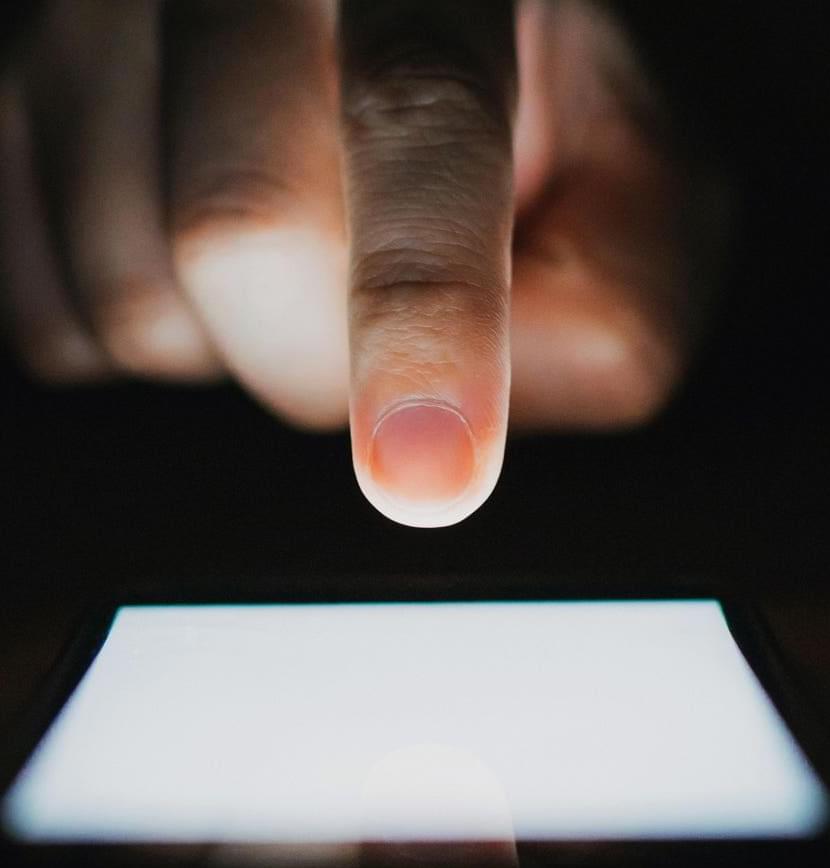
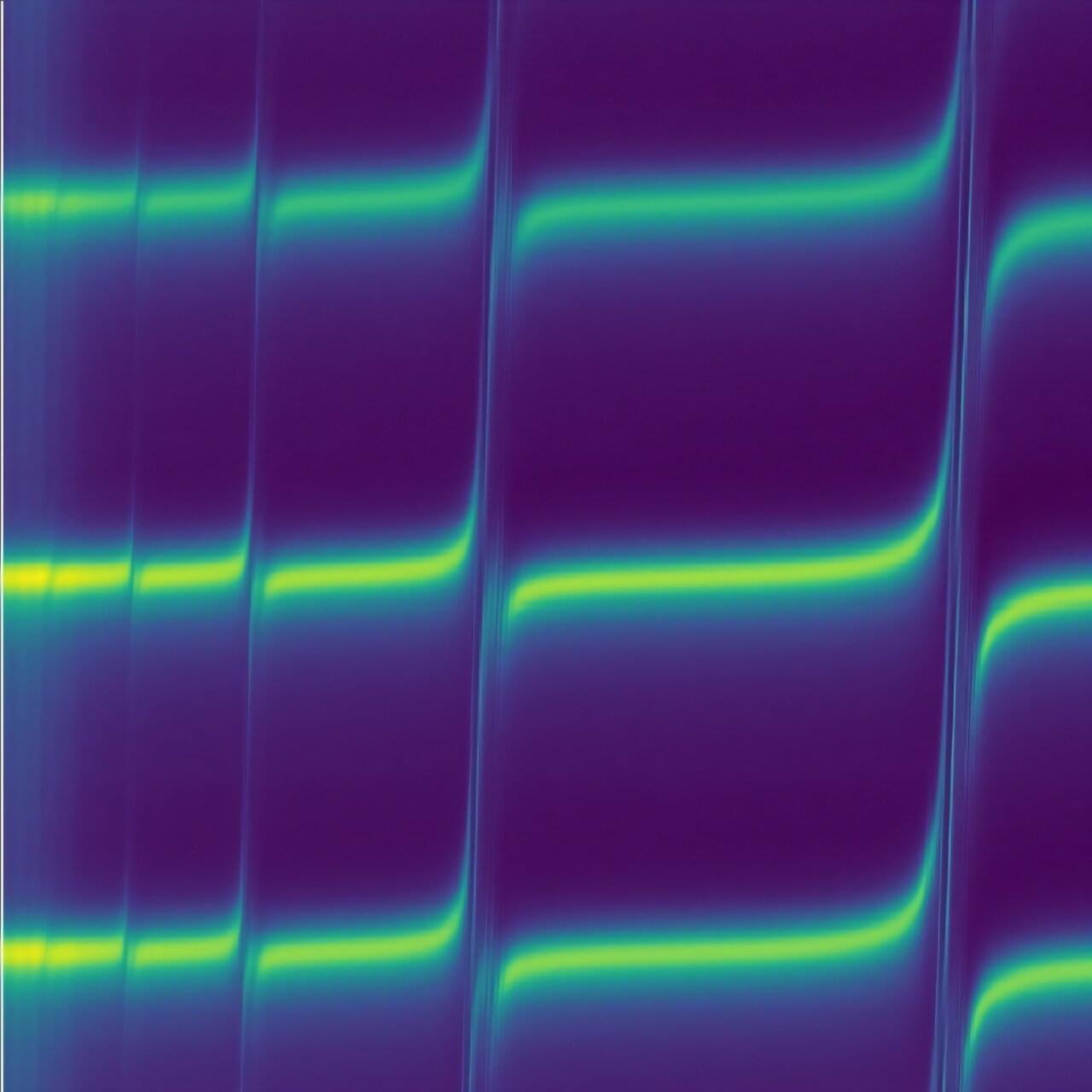
Acoustic frequency filters, which convert electrical signals into miniaturized sound waves, separate the different frequency bands for mobile communications, Wi-Fi, and GPS in smartphones. Physicists at RPTU have now shown that such miniaturized sound waves can couple strongly with spin waves in yttrium iron garnet. This results in novel hybrid spin-sound waves in the gigahertz frequency range.
The use of such nanoscale hybrid spin-sound waves provides a pathway for agile frequency filters for the upcoming 6G mobile communications generation. The fundamental study by the RPTU researchers has been published in the journal Nature Communications.
Surface acoustic waves (SAWs) are ubiquitous. They unleash destructive power in the form of earthquake waves but are also at the heart of miniaturized frequency filters that are used billions of times for GHz-frequency mobile communication in smartphones.
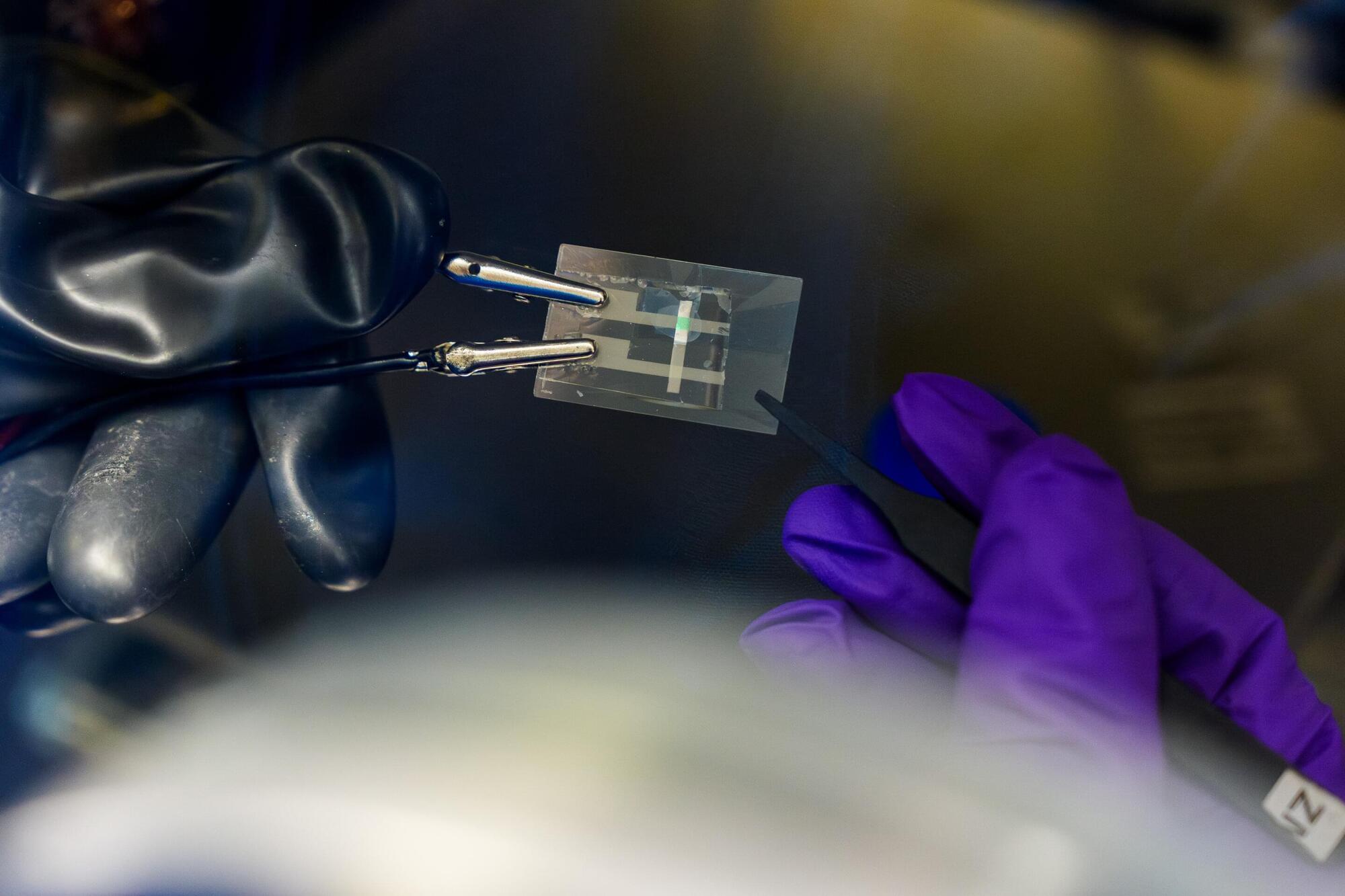
Organic light-emitting diodes (OLEDs) power the high-end screens of our digital world, from TVs and phones to laptops and game consoles.
If those displays could stretch to cover any 3D or irregular surfaces, the doors would be open for technologies like wearable electronics, medical implants and humanoid robots that integrate better with or mimic the soft human body.
“Displays are the intuitive application, but a stretchable OLED can also be used as the light source for monitoring, detection and diagnosis devices for diabetes, cancers, heart conditions and other major health problems,” said Wei Liu, a former postdoctoral researcher in the lab of University of Chicago Pritzker School of Molecular Engineering (UChicago PME) Assoc. Prof. Sihong Wang.
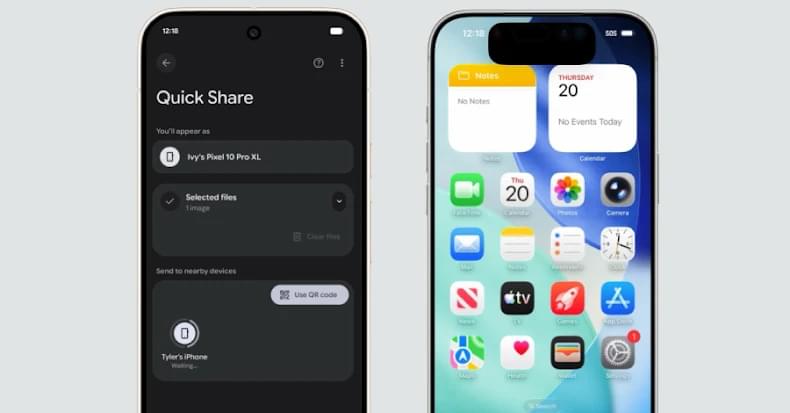
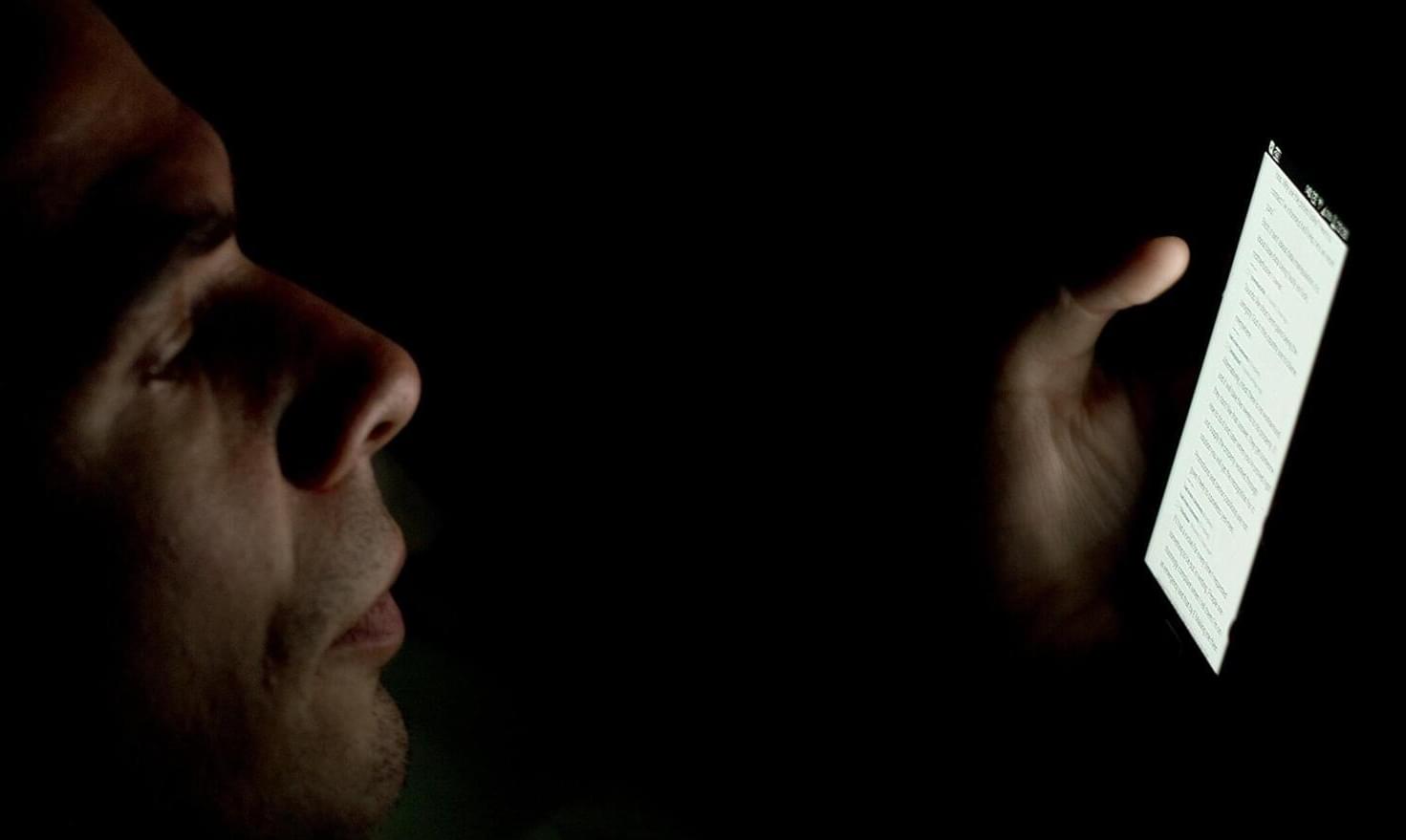
Patterns of smartphone use and their impact on mental health are being extensively studied due to the growing dependence of the device in people’s lives.
A recent study tracked late-night smartphone usage in 79 adults with recent suicidal thoughts for 28 days. People using phones late between 11 p.m. and 1 a.m. showed a higher risk of suicidal thoughts the next day, whereas those who actively used the keyboard beyond midnight hours showed a lower risk.
The findings are published in JAMA Network Open.


IronSource Expands Samsung Partnership, Launching on Samsung Mobile Devices in MENA https://www.businesswire.com/news/home/20221103005106/en/iro…es-in-MENA
Across West Asia and North Africa (WANA), growing concerns about digital surveillance have placed Israeli cybersecurity firms and their software under intense scrutiny. Among the most alarming cases is AppCloud, a pre-installed application on Samsung’s A and M series smartphones.
The bloatware cannot be uninstalled easily because it runs on the device’s operating system. Uninstalling it requires root access (the highest level of control in a computer system) of the phone to remove the AppCloud package. Its privacy policy is nowhere to be found online and opting out is not always available.
But the real concern lies in who owns AppCloud. When investigating further, we discovered that AppCloud’s privacy policy can be traced back to the controversial Israeli-founded company ironSource (now owned by the American company Unity). ironSource is notorious for its questionable practices regarding user consent and data privacy.
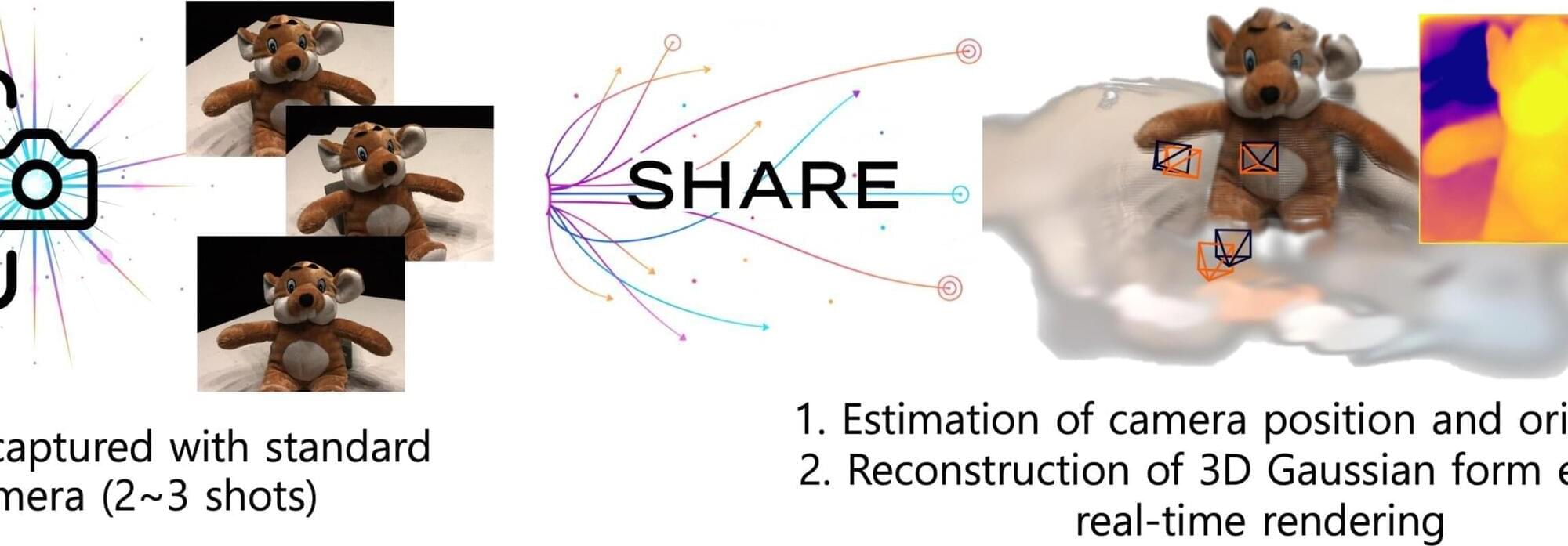
Existing 3D scene reconstructions require a cumbersome process of precisely measuring physical spaces with LiDAR or 3D scanners, or correcting thousands of photos along with camera pose information. A research team at KAIST has overcome these limitations and introduced a technology enabling the reconstruction of 3D—from tabletop objects to outdoor scenes—with just two to three ordinary photographs.
The results, posted to the arXiv preprint server, suggest a new paradigm in which spaces captured by camera can be immediately transformed into virtual environments.
The research team led by Professor Sung-Eui Yoon from the School of Computing developed the new technology called SHARE (Shape-Ray Estimation), which can reconstruct high-quality 3D scenes using only ordinary images, without precise camera pose information.
